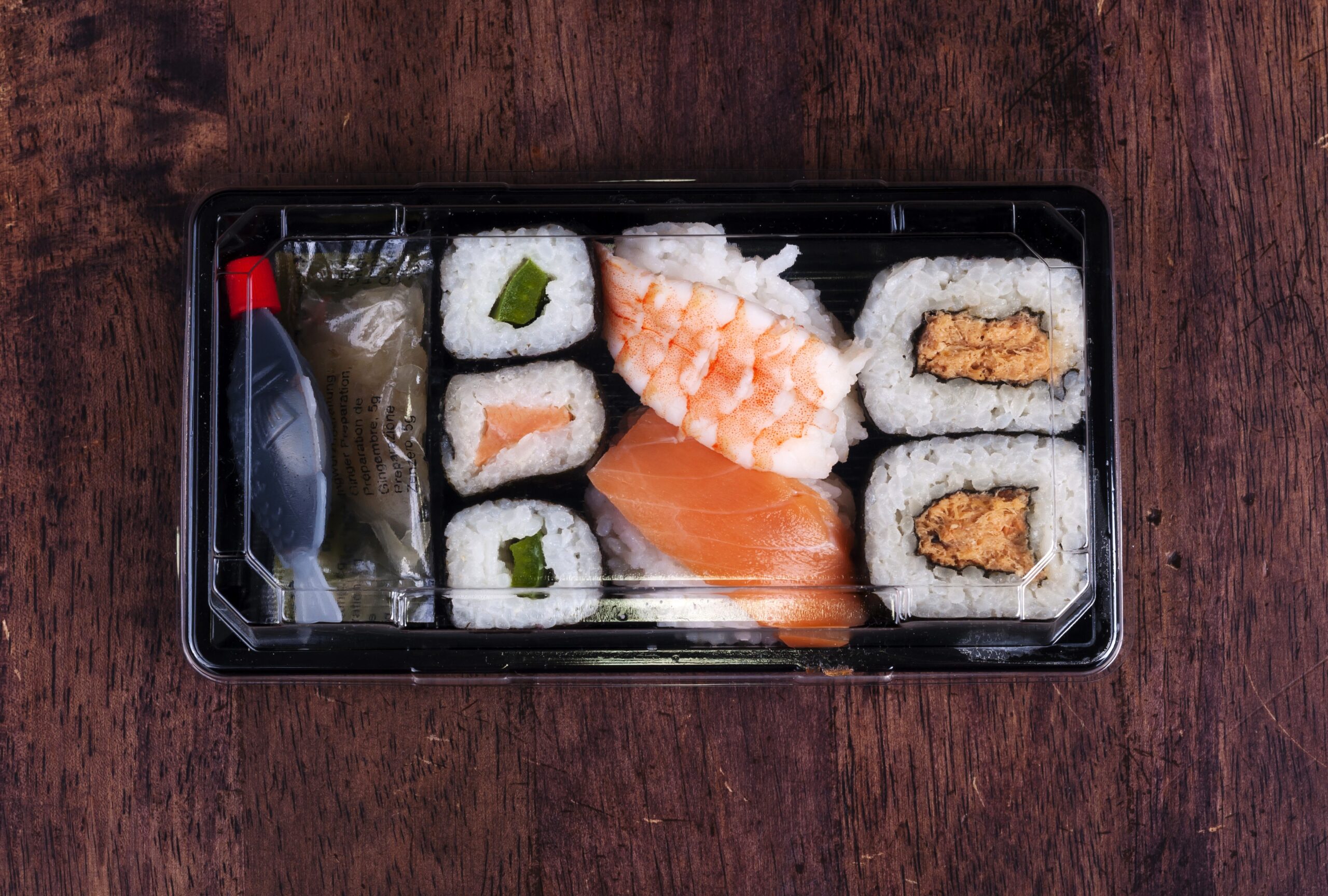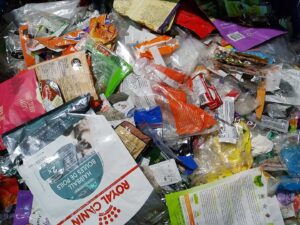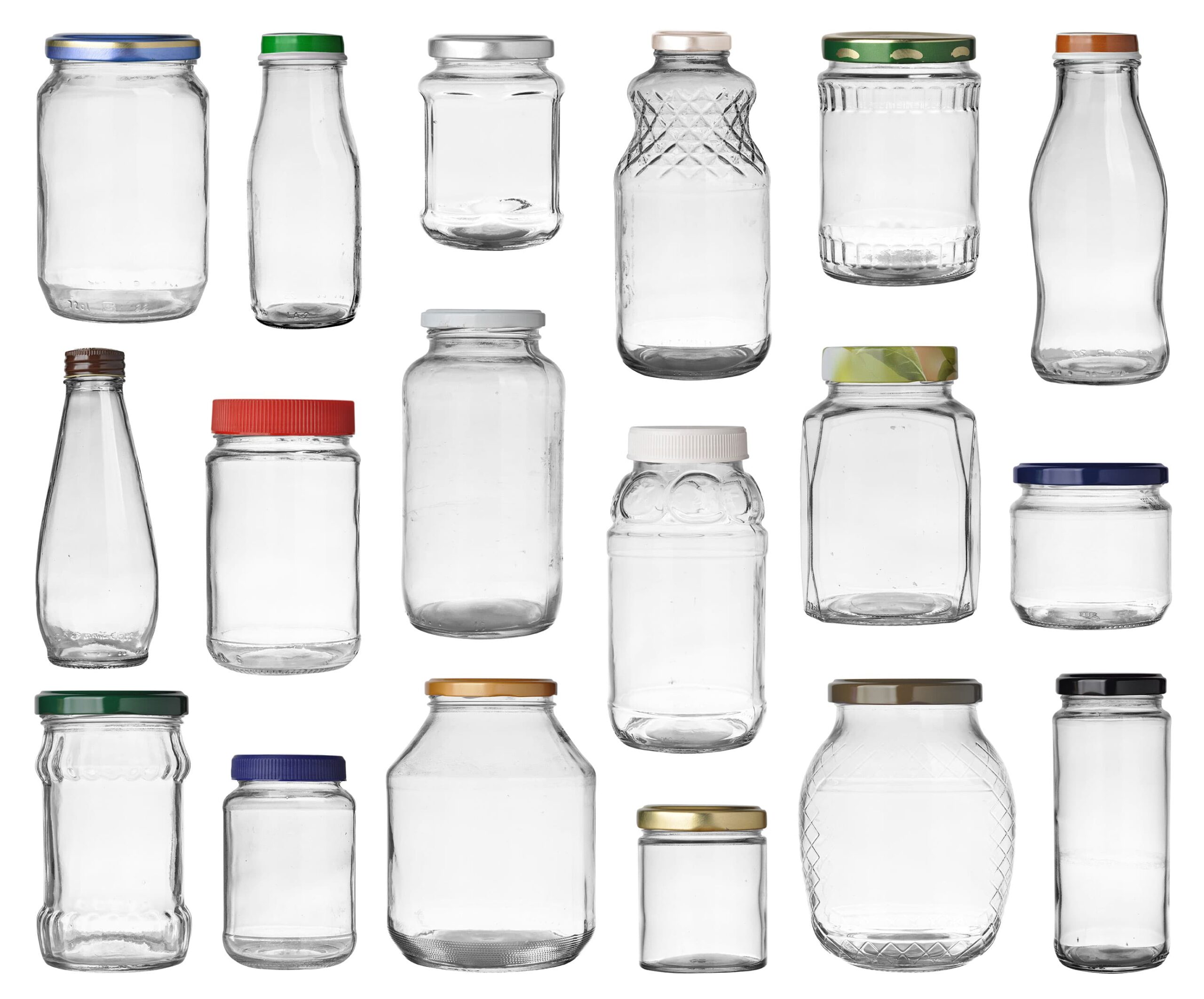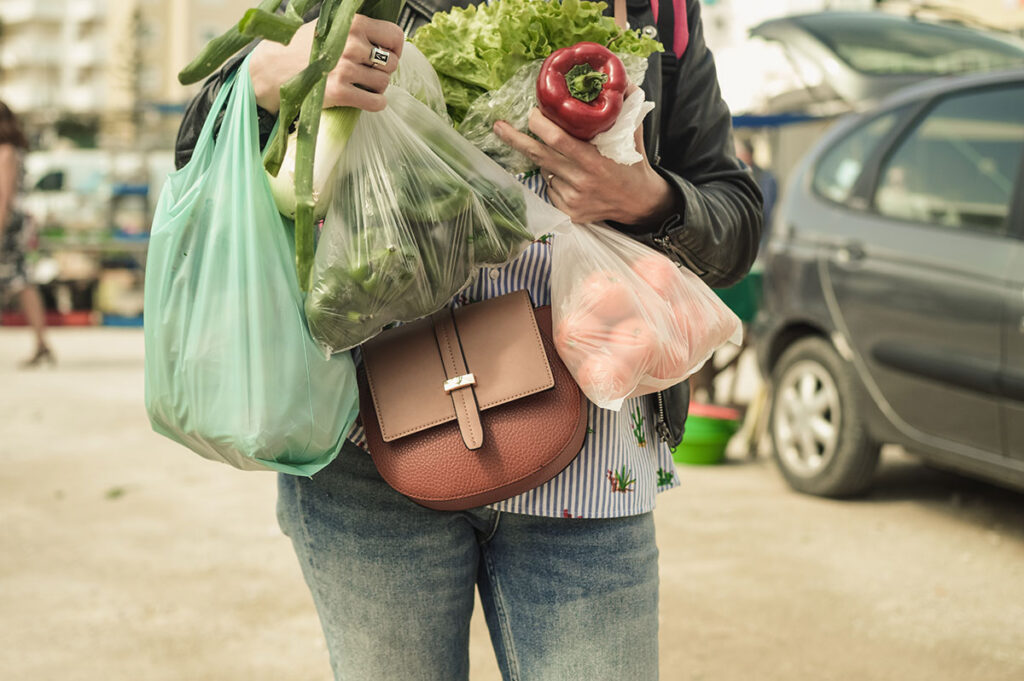As a BC resident, you’re part of North America’s best group of recyclers. (Good job!) And although that’s absolutely something to be proud of, there’s always room for improvement.
Perhaps you’re an avid recycling enthusiast, maybe your landlord helps you with recycling, or perhaps you’ve never known whether you’ve been recycling correctly or not. When you’re ill-informed about how to recycle particular materials, it’s easy to make mistakes.
But now’s the time to make a positive change to include only accepted materials each time you recycle items at home or at work. To help you get there, here’s a look at five common recycling mistakes and how you can avoid them.
Failing to rinse out containers

Whether you’ve purchased sushi to only eat half of it, or decide to bin the rest of an eggplant lasagne that you had for dinner last night, it’s a common mistake to throw half-full food containers in your recycling bin.
Simply emptying the food contents into your compost bin and rinsing the container makes a massive difference. By doing this, you’ll ensure that food or other products don’t spill all over the other materials in your recycling bin. Besides, you’re not going to want to have to clean up the mess at a later stage.
Putting plastic bags in your home recycling bin

Let’s say you’re walking out of your place after you’ve enjoyed some Thai food you had delivered, and you put the plastic bag and foam packing in your home recycling bin. This can cause huge problems in the recycling system. Plastic bags, foam packaging, overwrap, and items such as zip-lock pouches, or crinkly wrappers, get mixed with other recyclables which makes it difficult to meet recycling standards on local and international levels.
To avoid this, you can easily collect all such items in a box and return them to your nearest recycling depot where they will be effectively managed for recycling.
Trying to recycle flexible plastic packaging with everything else

Some plastic materials may get confusing. For example, what do you do with the resealable plastic packaging your M&M’s come in? Or what do you do with the bag of chips you just finished while watching TV?
These items fall under flexible plastic packaging, and they include stand-up and zipper lock pouches, crinkly wrappers, and bags, flexible packaging with plastic seals, woven and net plastic bags, and non-food protective packaging.
You can start another collection bin at home for these items and drop them off at a Recycle BC depot when you can.
Placing glass bottles in your blue recycling bin

Leaving glass bottles and jars in your blue recycling box is a common mistake. And if you don’t receive curbside glass collection and have a separate collection box for glass only, it’s something you may not have been aware of.
If you receive curbside glass collection, you can easily avoid this by contacting Recycle BC or your service provider and ordering a glass recycling box if you don’t already have one. Glass bottles and jars should be rinsed and separated in your curbside glass box or included inside the glass bin at your apartment building.
If you don’t receive curbside glass collection, you can return glass containers to a Recycle BC depot.
Assuming paper cups and cartons go in with other cardboards

While most cardboards and paper including printed paper, magazines, and other similar materials, are recycled in the yellow paper recycling bag (or separate blue box in some areas), the same can’t be said for cartons and old coffee cups. Used cartons and old coffee cups are to be thrown in blue recycling boxes, so make sure you keep this in mind!
Thankfully, spring is the perfect time to review how you recycle and to get on the right track, and there’s no time like the present.
Learn what you can recycle by visiting Recycle BC now.


